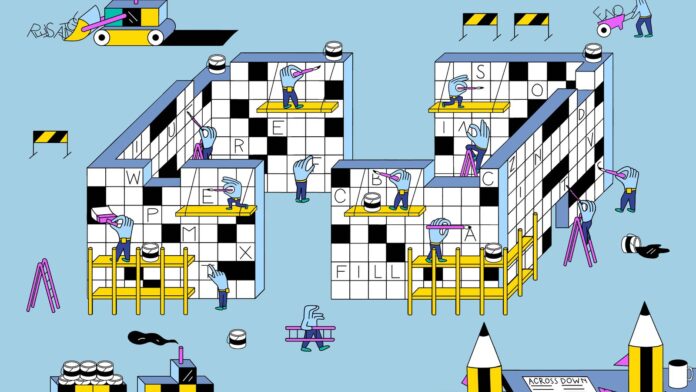Are you looking to create your own crossword puzzles? We’ve got the perfect guide for you! Making crosswords is a fun and creative way to challenge your friends and family. But getting started isn’t always easy. Here are some tips for getting started with making crosswords.
Brainstorm Your Theme
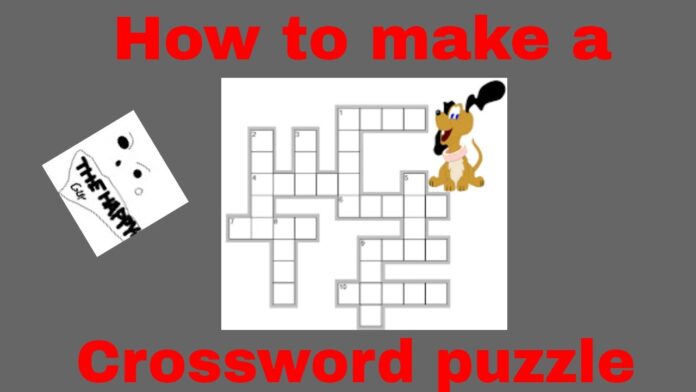
Before you start creating clues, it’s important to have a theme in mind. This could be something like a subject that you’re studying in school, or it could be related to some of your favorite characters or TV shows. It can even just be something that inspires you or makes you laugh – there’s no wrong way to come up with a theme! Once you’ve settled on your theme, start thinking of the clues and answers that would fit into it. Make sure to pick words that are appropriate for the age group that will be solving your puzzle.
Create Your Clues & Answers
Now it’s time to start writing down all of the words and phrases that relate to your theme, as well as their definitions (or clues). Make sure each word is at least three letters long but no longer than fifteen letters long; if they are too short or too long they won’t fit into the grid very easily. As you write down each word and its definition, try coming up with other words related to those same words – this will help make the puzzle more challenging, but still solvable! After writing down all of your ideas, narrow them down so there are only about 20-30 words left for your final puzzle.
Choose Your Grid Size & Layout
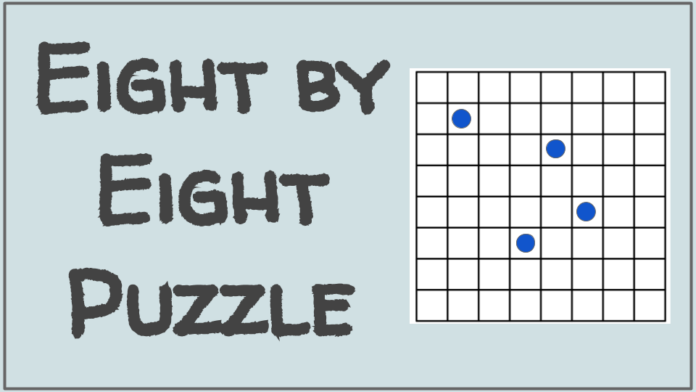
Once you’ve chosen all of your clues and answers, it’s time to decide how big of a grid you want for your puzzle! You can use an 8×8 grid for smaller puzzles or go as large as 10×10 if you have more words and phrases that need fitting in. As far as layout goes, try keeping things symmetrical whenever possible – this will make it easier for players when filling out the puzzle since each side should look similar. However, don’t be afraid to mix things up by adding curved lines or interesting shapes into the grid if it fits with the theme of your puzzle! Just remember not to go overboard with these extra elements – keep it simple enough so players can still recognize what type of puzzle they’re dealing with when they look at it from afar.
After completing the puzzle grid with clues, enter it into an online crossword puzzle generator such as Puzzazz to further customize it before printing out your masterpiece!
Crosswords for Fun
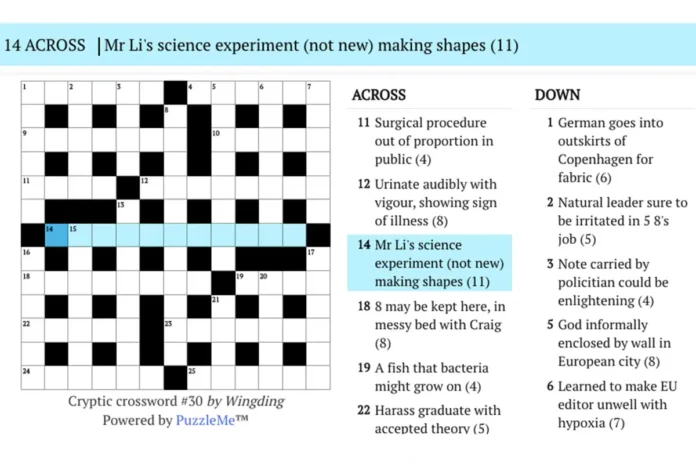
They are a fun and enjoyable way to use your imagination and hone your spelling and critical thinking skills. Traditionally, crosswords have provided a good challenge – from simple fill-in-the-blank puzzles to complex word games – but you can make them even more interesting with creative solutions like hidden clues, secret codes, puzzles within puzzles, and more. The process of creating crosswords can be easy when you have the right tools and techniques in hand.
If you’re new to making them or struggling to come up with exciting solutions, start by gathering an assortment of words or phrases around a theme. This will help you identify categories or themes that can be used as answers to your clues. Once you’ve identified these groups of related words and phrases, start connecting them in a thoughtful layout that will offer ample challenge but also give hints to players as they work their way across the puzzle. Inserts like secret codes, symbols or numbers can add an extra layer of complexity for more experienced players.
Additionally, when it comes to the initial design of your puzzle grid consider using shapes beyond the traditional squares as this might provide room for unique clues that can make solving the puzzle even more enjoyable. Finally, develop a variety of clues – some are harder than others – so that each crossed answer provides enough information for players to comfortably progress with the puzzle while at the same time also leaving them curious enough to push onward! Above all else remember that creating crosswords is meant to be fun so don’t forget: enjoy it!
Crossword Puzzles for Different Age Groups
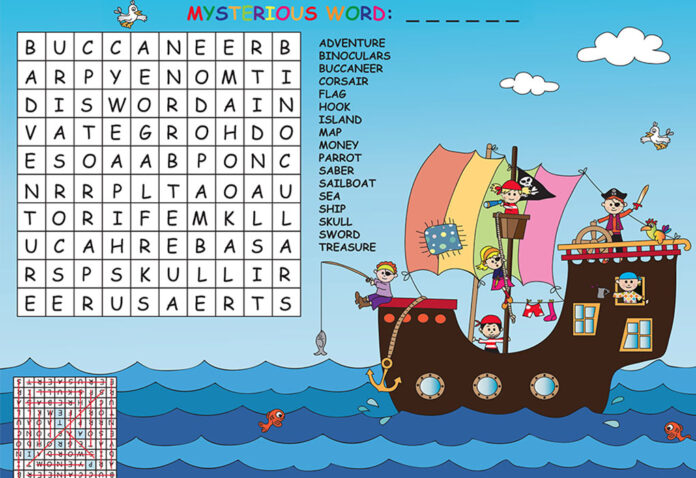
They are fun puzzles that can be tailored to fit any age or level of difficulty. For younger children, crossword puzzles with simple clues and an abundance of pictures can help build recognition and encourage word play.
Older kids will benefit from more complex puzzles with word play elements such as anagrams and hints that require inference.
For adults or advanced learners, they can range from easy to nearly impossible thanks to the abundance of words and phrases out there. It helps if you have a theme in mind before creating your puzzle – this could range from a specific book or movie to a holiday-based puzzle. Elements such as clues with intricate language, allusions, quotations, puns and more could be included for an extra challenge!
However you decide to create it, the key is making sure that it sparks enjoyment in the solver without being overly difficult or overly simple. It should also take into account any language-level specific features for nonnative speakers as well as special populations such as those with visual impairment or learning disabilities. Experience combined with common sense are key when designing great crossword puzzles!
Conclusion:
With these steps in mind — brainstorming a theme, creating clues & answers, choosing a grid size & layout — making crosswords becomes much simpler! Whether you’re looking for an activity to pass time during quarantine or wanting something creative yet challenging; making crosswords is definitely worth giving a try! So get out those pencils and let’s get started on making some fun puzzles today! Lastly, don’t forget to check for any mistakes before publishing or submitting your puzzles – no one likes playing with incorrect answers! Good luck, and happy puzzling!
